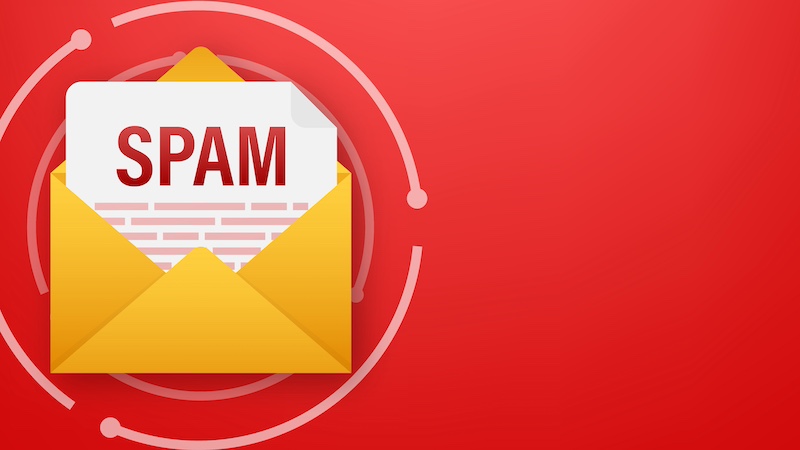
Phishing attempts via email or SMS have been known for some time. But now criminals are also trying to do it by post. There are currently various fake letters in circulation from banks that want to get their victims’ money using QR codes.
Banks and other credit institutions have been warning about the dangers of phishing emails for years. These have become more and more professional in the past. But customers have also become more attentive.
For this reason, criminals are now taking a different route. After emails and SMS, the focus is on fake mail, as the Lower Saxony State Criminal Police Office warns.
Fake letters: This is what you should pay attention to when receiving mail from your bank
Spam in the email inbox is not uncommon for Internet users. But such letters rarely appear in your own mailbox.
However, as the Lower Saxony State Criminal Police Office reports, criminals are currently trying to get their potential victims’ money by post. The LKA quotes from two letters that allegedly come from Commerzbank and Deutsche Bank.
In it, the recipients are informed “about an important matter relating to” their account. The bank is obliged “in accordance with the EU regulations for the prevention of money laundering (AML) and the Know Your Customer (KYC) guidelines” to “accurately determine the identity of its customers and to check them again at regular intervals”.
We therefore ask you to check your current data and update it if necessary. To make this process as easy as possible for you, we have included a QR code. Please scan this with the camera on your smartphone.
The letter contains a QR code that the bank’s customers can allegedly use to check their data. In fact, the link provided here only serves to access the customers’ bank details.
This is how you recognize a fake QR code
The QR code included in the fake letters directs bank customers to a fake banking page of the respective bank. Here customers have to log in and go through various other processes. This ultimately gives you access to real online banking.
You can tell by the QR code, for example, whether it is a scam or a real letter from your bank. If you scan this with the camera on your smartphone, you will see that the link leads, for example, to a website with the ending “.ru”. It may also be that there is a short link behind the QR code whose destination cannot be identified.
Before you take these steps, however, you should set your smartphone so that QR code links are not opened immediately. It can also make sense to look at the complete URL or to break down shortlinks using a reverse search.
If you are still not sure after checking the QR code, calling your bank can provide information. It’s better to be on the safe side and clarify the letter with your credit institution as a precaution.
Also interesting:
- Study reveals: AI language models cannot develop a life of their own
- A stab in the back for fundamental rights: Nancy Faeser is planning facial recognition on the Internet
- Supercapacitor: Will we soon be able to charge our smartphones in a minute?
- Self-healing power grid: Artificial intelligence should prevent blackouts
The post Fake letters: Beware of QR codes in supposed mail from the bank by Maria Gramsch appeared first on BASIC thinking. Follow us too Facebook, Twitter and Instagram.
As a Tech Industry expert, I would advise caution when receiving any mail from a bank that contains a QR code. Scammers are increasingly using QR codes in fake letters to trick individuals into providing personal information or downloading malicious software onto their devices.
It is important to always verify the source of the letter and the legitimacy of the QR code before scanning it with your smartphone. Banks typically do not ask for personal information or account details through QR codes, so any requests for this type of information should raise red flags.
If you receive a letter with a QR code from your bank, it is best to contact the bank directly through their official website or customer service hotline to confirm the authenticity of the communication. Taking these precautions can help protect yourself from falling victim to scams and keep your personal information secure.
Credits